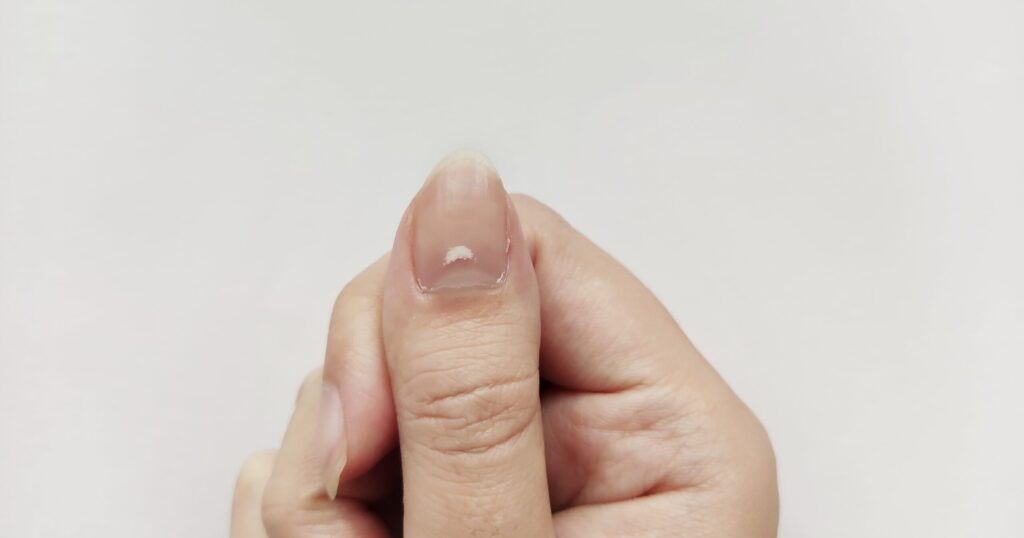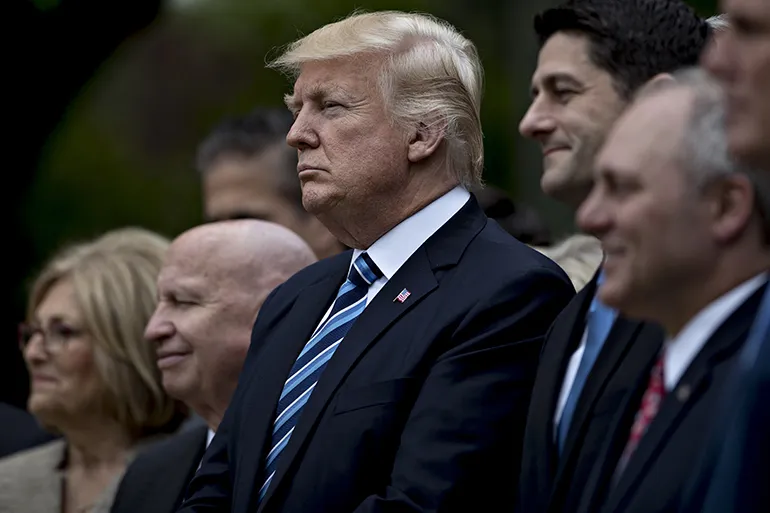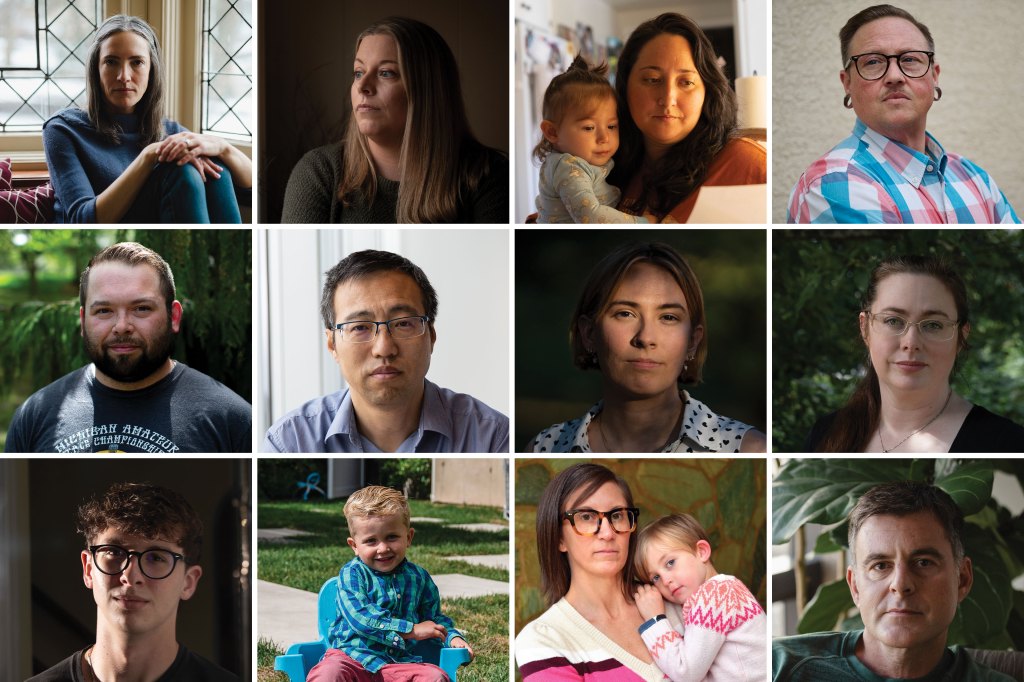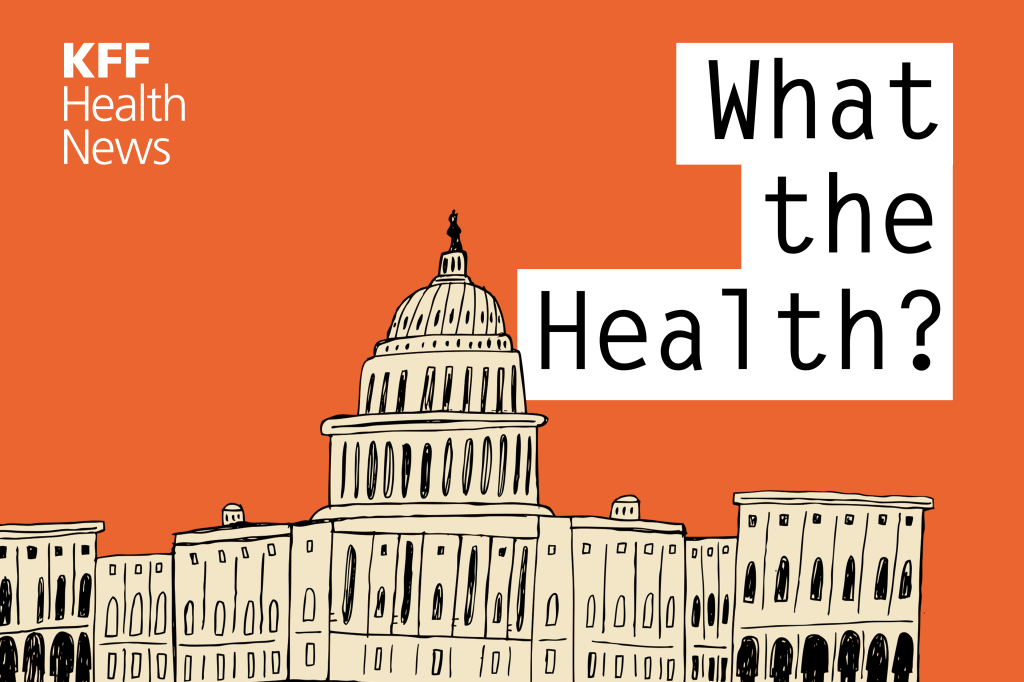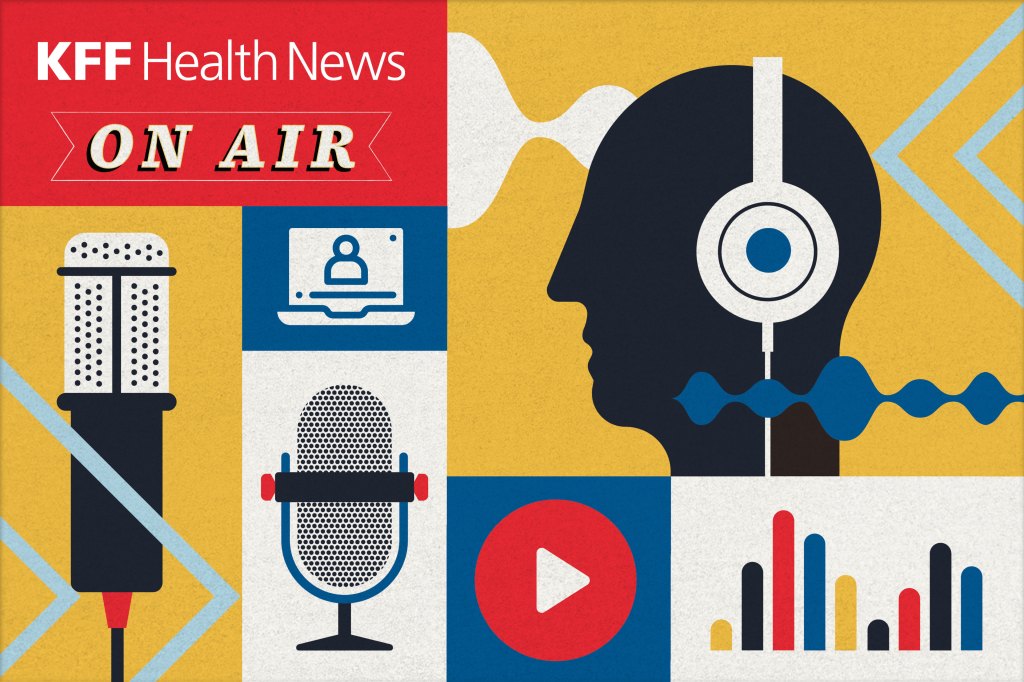Readers Issue Rx for Clogged ERs and Outrageous Out-of-Pocket Costs

Health News tamfitronics
Letters to the Editoris a periodic feature. Wewelcome all commentsand will publish a selection. We edit for length and clarity and require full names.
Lawmakers Must Protect Home Health To Alleviate Hospital Bottlenecks
The stark reality that countless seniors lie stranded in emergency rooms across the country waiting for care underscores the need for models of care that better support older Americans (“Stranded in the ER, Seniors Await Hospital Care and Suffer Avoidable Harm,” May 6). As KFF Health News reports, even if patients need to be admitted, at times, there are simply no rooms available.
As noted in the article, the backlog of patients waiting to be discharged to home health care has partly contributed to this problem in ERs. Medicare’s home health care program enables complex, disabled, and older patients to receive care and rehabilitation in their own homes after their hospitalization. Not only is this the preferred site of care by patients and their families, but it also helps open needed hospital beds and lessens the burden on emergency rooms and hospital staff.
Unfortunately, years of Medicare cuts are making it harder for home health providers to meet growing demand and provide vital care. The Centers for Medicare & Medicaid Services has repeatedly cut the Medicare home health program, and more cuts are expected in future years, already totaling $19 billion in cuts through 2029. Despite Medicare’s own data showing that home health saves taxpayers money, the cuts continue forcing home health providers to scale back the services they can provide, making it more difficult to recruit and retain staff, which ultimately harms patient access.
To protect home health and free up capacity in hospitals, Congress must pass the Preserving Access to Home Health Act (S 2137/HR 5159), which would prevent Medicare from implementing steep payment cuts to the Medicare Home Health Program in 2025 and beyond.
No patient should have to wait hours in an ER hallway while sick or injured. By stopping these cuts to the Medicare home health program, Congress can give patients access to high-quality care while also alleviating the burden on hospitals in crisis.
— Joanne Cunningham, CEO of the Partnership for Quality Home Healthcare, Washington, D.C.
Your recent article on seniors stranded in the ER was an interesting read. However, as a physician, I want to point out that you neglected an important issue. So many people use the emergency rooms as primary care facilities, with nonemergency visits: chronic issues such as headaches, earaches, coughs, and fatigue that have been going on for weeks and months. Sadly, because of a lack of knowledge of where to go for treatment, or lack of insurance, ERs must see these patients, which absolutely clogs up the ER. If you want to try and make a change, address these issues.
— Ira Shivitz, Nashville, Tennessee
On the social platform X, a reader weighed in on an article from KFF Health News-CBS News’ “When Medical Devices Malfunction” investigative series, which focused on a controversial dental appliance:
— Monica Raybon, Mobile, Alabama
Losing Rights in Oklahoma?
House Bill 3013 in Oklahoma would criminalize abortion-inducing drugs, which would punish a person who is intently trafficking these substances (“Anti-Abortion Hard-Liners Speak Up,” May 23). A person could get a fine of up to $100,000 or imprisonment for up to 10 years. Medication that is prescribed for other uses but can cause an abortion would not be considered an abortion-inducing drug. Plan B is not restricted in HB 3013, and there is no indication that the use or sale will be prohibited.
Abortion has been made illegal in many states, including Oklahoma. Since abortion is illegal, many women now look toward abortion pills. Women have unwanted pregnancies that can be caused by Plan B contraceptives not working or as a result of a sexual assault. As a result, women seek abortion pills since they cannot have a professional perform an abortion procedure.
The abortion pill has an 87%-98% effectiveness, whereas the abortion procedure is 98%-99% effective. The abortion pill can have side effects such as blood clots in the uterus, excessive bleeding, and increased infertility. Even though a medication abortion has these effects, women still decide to undergo it because many of them do not have access to a professional abortion procedure.
Taking away the only resource women have access to in Oklahoma would be detrimental. Women have already had their right to an abortion taken from them. Women should be able to decide what is best for them and if they want to end their pregnancy by taking the abortion pill. Although many argue that having an abortion leads to severe mental health issues, every woman has different results. Everyone should contact their representatives to vote no on bills like these. This bill would make decisions for many women when every woman should be able to make their own decisions.
— Lizbeth Hernandez, McLoud, Oklahoma
An Ohio reader hopped to a conclusion on the social platform X about an article on the difference between sunscreens available in the United States vs. other countries:
Sunscreens are classified as drugs in the US and we can’t have the good stuff the rest of the world uses unless someone squirts it in bunny eyes first.https://t.co/N5kUY3Voh2
— 5chw4r7z (@5chw4r7z) May 8, 2024
— Bob Schwartz, Cincinnati, Ohio
The Backdrop of Dietary Choices
When analyzing the impact of diet on health outcomes, it is essential to interpret the context of dietary choices. The intersection of socioeconomic status, access to nutritious food, and health disparities cannot be overlooked when investigating specific health conditions among racial groups (“Dietary Choices Are Linked to Higher Rates of Preeclampsia Among Latinas,” April 5).
The article pointed out the correlation between preeclampsia and conditions such as obesity, hypertension, and chronic kidney disease. While true, it is crucial to underscore that obesity rates are disproportionately higher among Black and Hispanic populations in the United States, according to the Centers for Disease Control and Prevention. This disparity is not merely a reflection of cultural dietary preferences but is deeply intertwined with the structural barriers that limit access to healthy, affordable food options for these communities.
Moreover, these health disparities are exacerbated by socioeconomic factors. Data from the U.S. Census Bureau indicates that 25.8% of Black Americans and 23.8% of Hispanic Americans lived below the poverty line in 2019, compared with 10.1% of non-Hispanic whites. This economic divide significantly impacts the ability of these communities to access fresh produce and nutritious food options, further entrenching health disparities.
Addressing this issue requires more than advising individuals to alter their eating habits. It necessitates systemic changes to make healthier food options more accessible and affordable. Initiatives like the “Sugar-Sweetened Beverages” tax, which has been implemented in several U.S. cities, demonstrate a proactive approach to discouraging unhealthy dietary choices by making sugary and overly refined foods more expensive. A study published just months after this was enacted in Berkeley, California, in 2015 found a significant decrease in SSB consumption coupled with increased water drinking. In a larger study done across multiple cities, it was found that tax implementation resulted in a 33% decline in SSB purchases. However, parallel efforts must be made to subsidize and lower the cost of nutritious foods, ensuring that healthy options are within reach for all, regardless of income or ZIP code. Other popular ideas in this space include increasing agricultural subsidies to lower the cost of produce. In conjunction with increasing the prices of sugary foods, this could serve as an effective strategy to promote healthier eating habits.
While cultural preferences indeed play a significant role in dietary habits, we must not overlook the structural barriers that prevent many from making healthier choices. By addressing these systemic issues, we can take a significant step toward reducing the prevalence of preeclampsia and other diet-related conditions, particularly among our most vulnerable populations.
— Lillian Levy, Berkeley, California
A New Yorker shared insights on the social platform X about an article in our series tracking the spending of opioid settlement funds:
— Lilo Stainton, Brooklyn, New York
Put an End to Picking Patients’ Pockets
In 2022, U.S. citizens spent $471.4 billion on out-of-pocket costs for health care and prescription drugs. This was a 6.6% increase from the previous year. Several strategies can be implemented to reduce Americans’ out-of-pocket costs (“A Battle Between Drugmakers and Insurers Hits Patients in the Wallet,” March 20). First, Congress must pass HR 830, the HELP (Help Ensure Lower Patient) Copays Act. The bill grants enrollees the opportunity to apply certain payments (coupons, vouchers, prescription assistance programs, etc.) toward cost-sharing requirements, allowing enrollees to reach their deductibles and out-of-pocket costs much sooner. There is a belief that coupon programs will increase the utilization of expensive drugs; this is incorrect. Drug manufacturers negotiate with pharmacy benefit managers to place their drugs on an insurer’s formulary. PBMs then list these medications as preferred or put them on a tier system; formulary drugs will cost an enrollee less than a non-formulary drug. Some PBMs permit insurers to formulate their formulary or have an open formulary. However, the insurer will incur additional costs for these methods.
Secondly, laws designed to regulate PBM operations are loosely enforced. This has to change. Some states (Arkansas, California, Louisiana, Maine, and New York) have passed legislation requiring transparency from PBMs; in those states, PBMs report drug pricing, fees charged, and the amounts of rebates received and retained. If PBMs do not adhere to the regulations, penalties will be enforced. The federal government should take the lead from these five states to enact a federal law requiring transparency of PBMs, and mandate flat-rate rebates for generic and brand-name drugs. The flat rates should reflect the market.
Thirdly, patent reform. Currently, drugmakers can extend their initial exclusivity period by filing additional patents on the same drugs in different forms and different administration routes, what’s known as a “patent thicket.” Manufacturers will patent the drugs’ generic versions as well. Patent thickets increase drug prices and delay generics from entering the market. Additionally, the federal government should cap drug prices. Manufacturers use research and development as an excuse to overcharge. In other developed countries, health technology assessments determine the price for innovation, keeping costs lower.
Now, some would say that’s too much government and it is affecting our capitalist society, but what’s more important than one’s health? These restrictions will not prevent the manufacturer from making a profit.
Lastly, the U.S. could leverage its bargaining power and negotiate directly with drugmakers. How? Turn over the negotiations to the Department of Health and Human Services. This regulatory body would represent U.S. citizens with commercial and federal insurance and negotiate cost-effective rates for prescription drugs.
— Tameka Houston, Baltimore, Maryland
Discover more from Tamfis Nigeria Lmited
Subscribe to get the latest posts sent to your email.



 Hot Deals
Hot Deals Shopfinish
Shopfinish Shop
Shop Appliances
Appliances Babies & Kids
Babies & Kids Best Selling
Best Selling Books
Books Consumer Electronics
Consumer Electronics Furniture
Furniture Home & Kitchen
Home & Kitchen Jewelry
Jewelry Luxury & Beauty
Luxury & Beauty Shoes
Shoes Training & Certifications
Training & Certifications Wears & Clothings
Wears & Clothings








